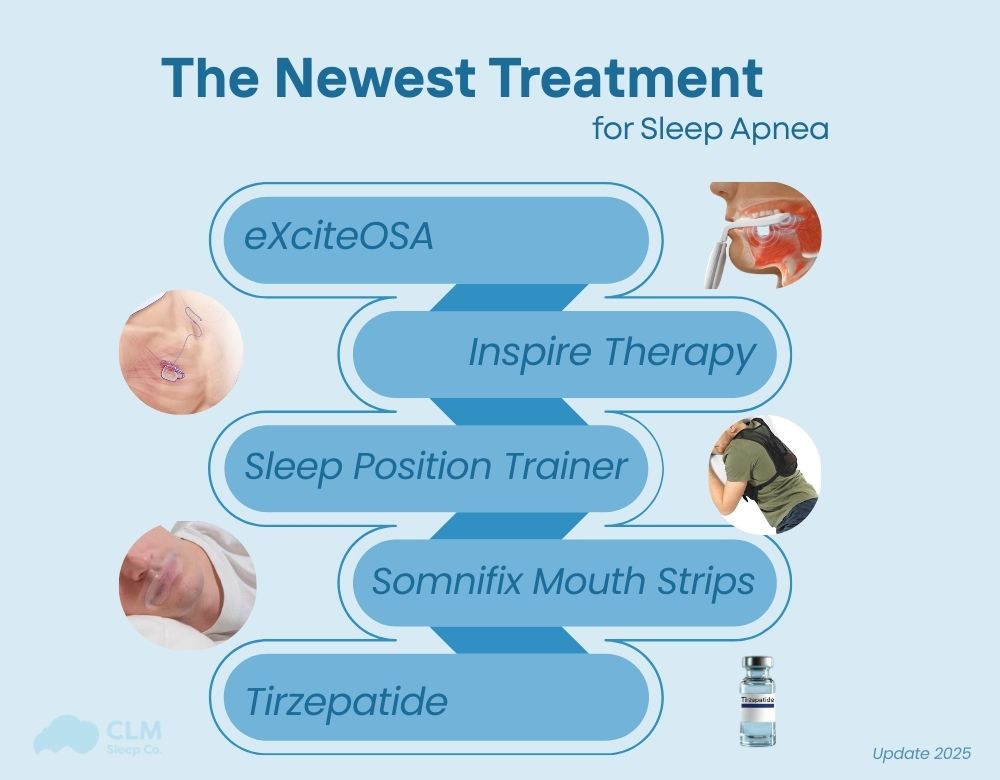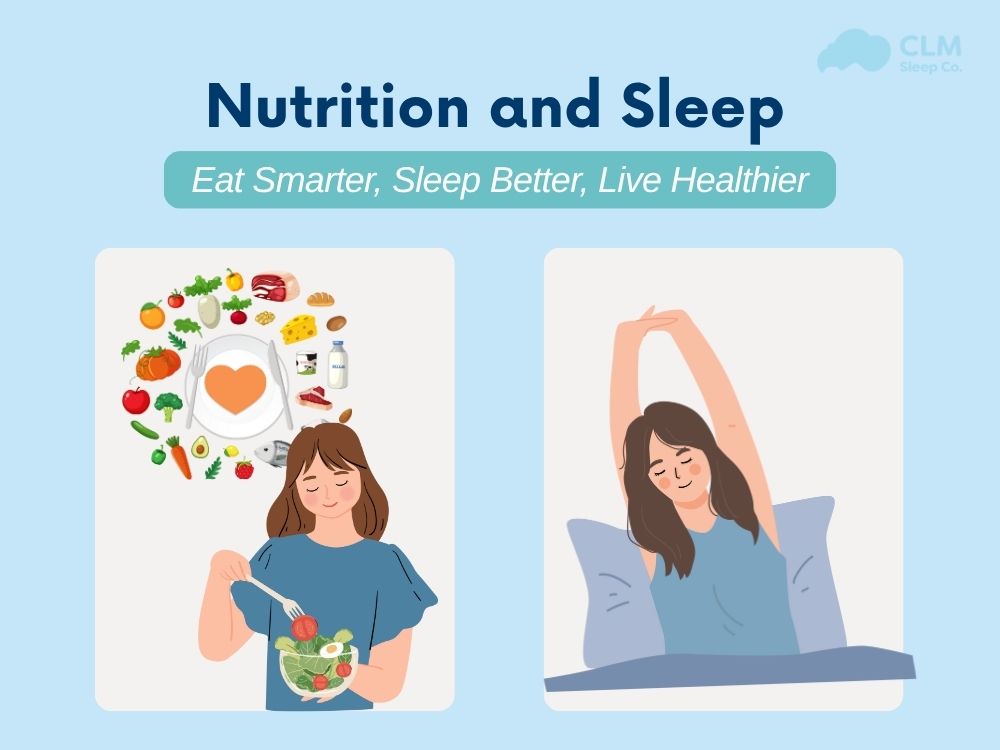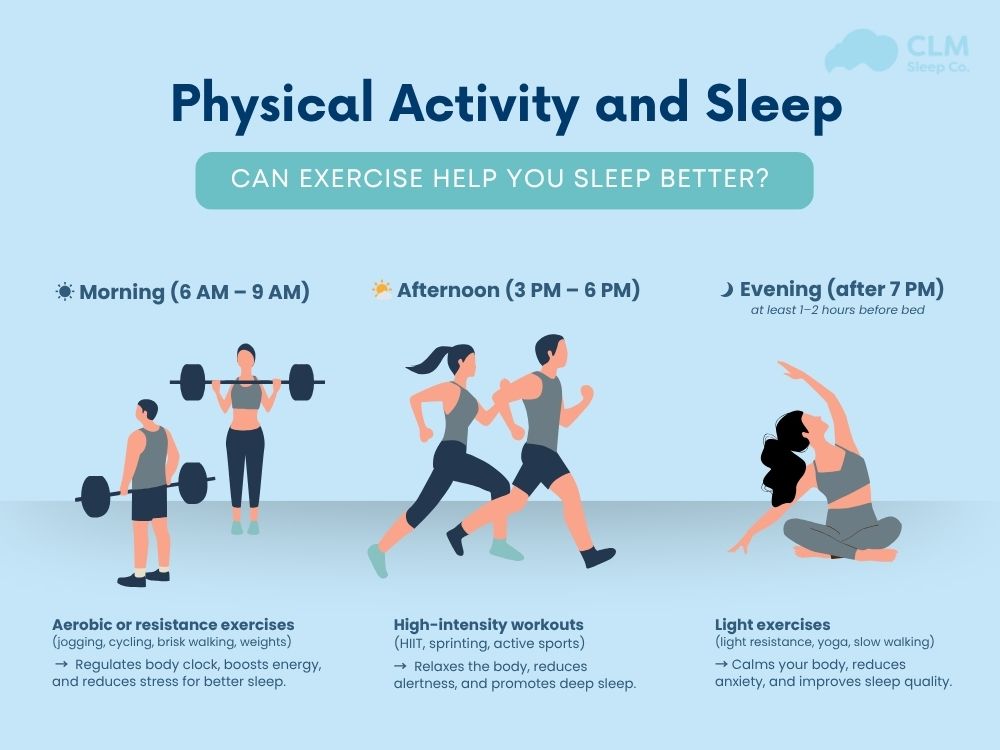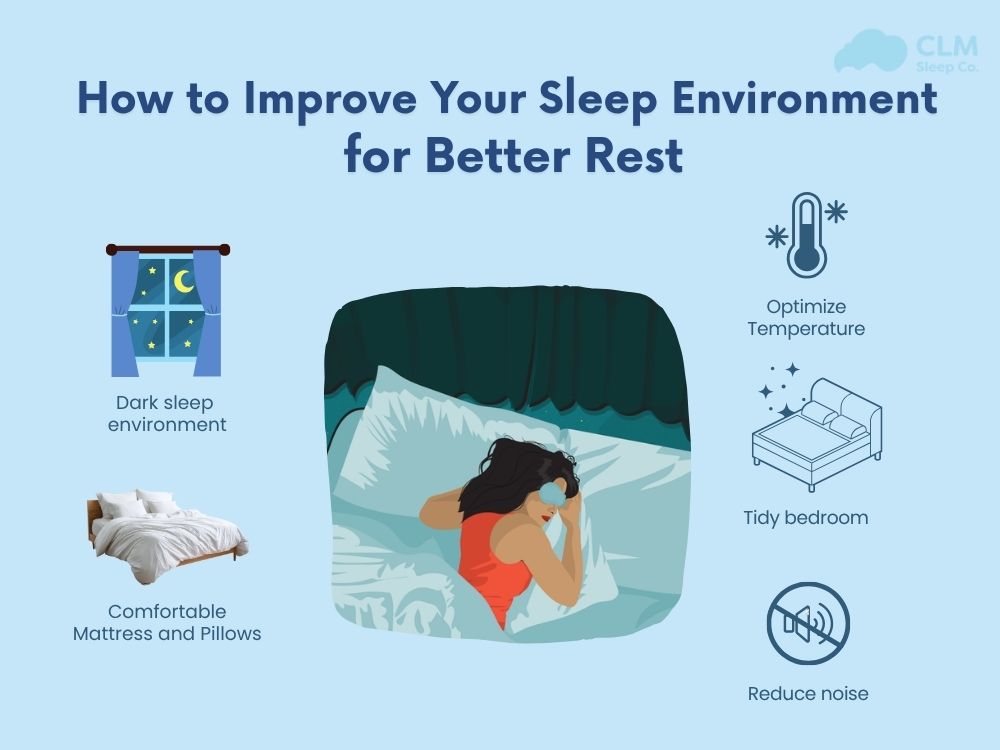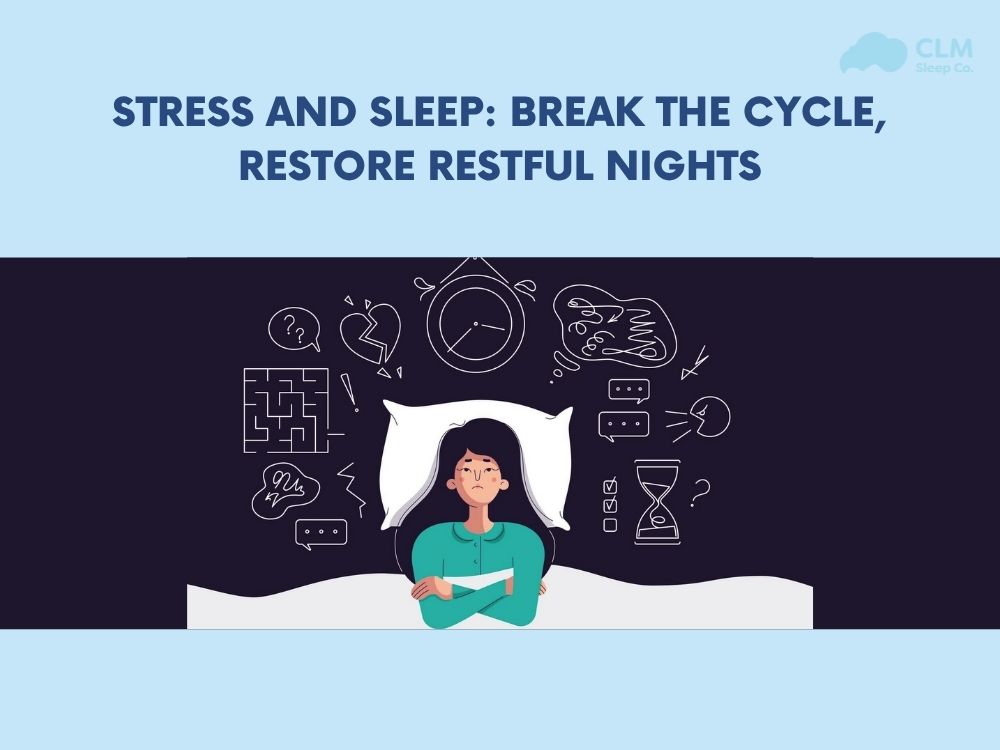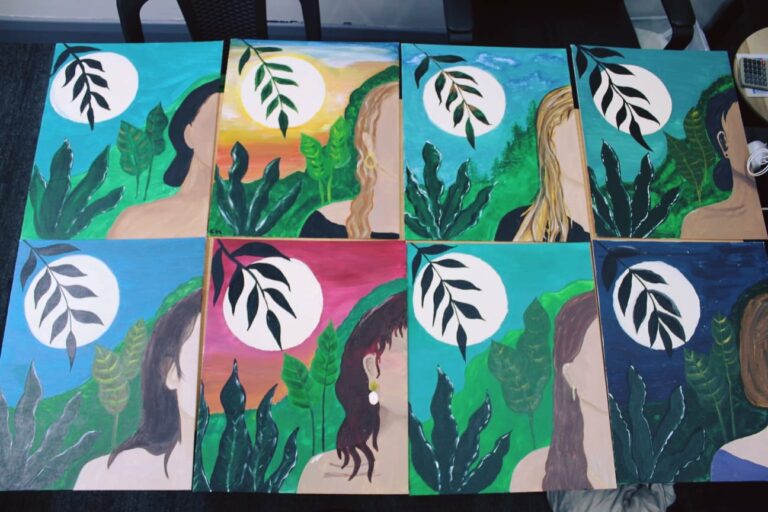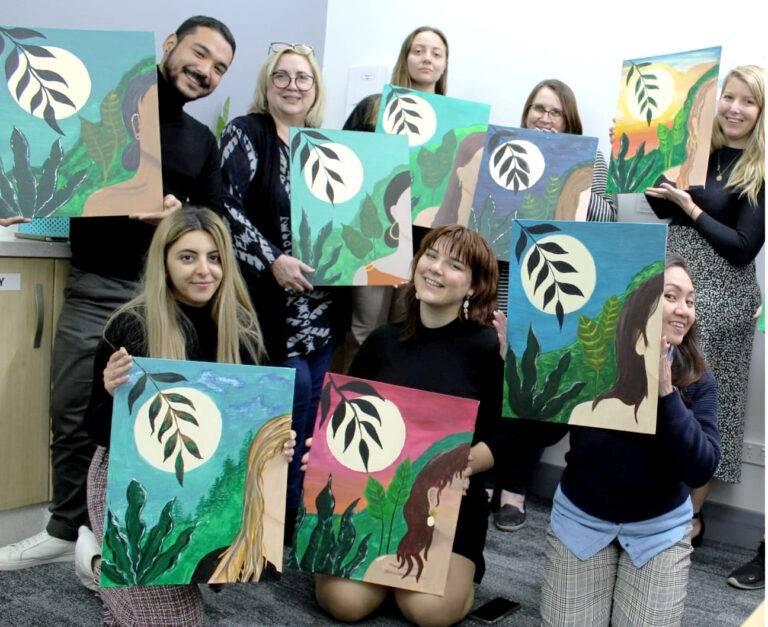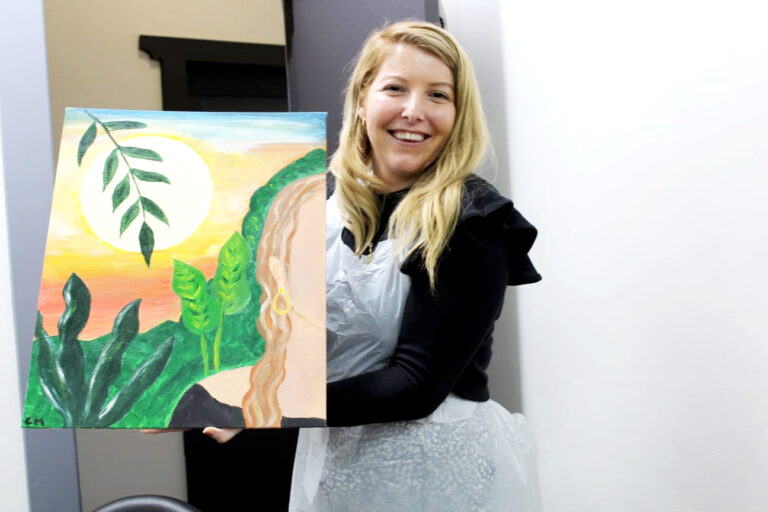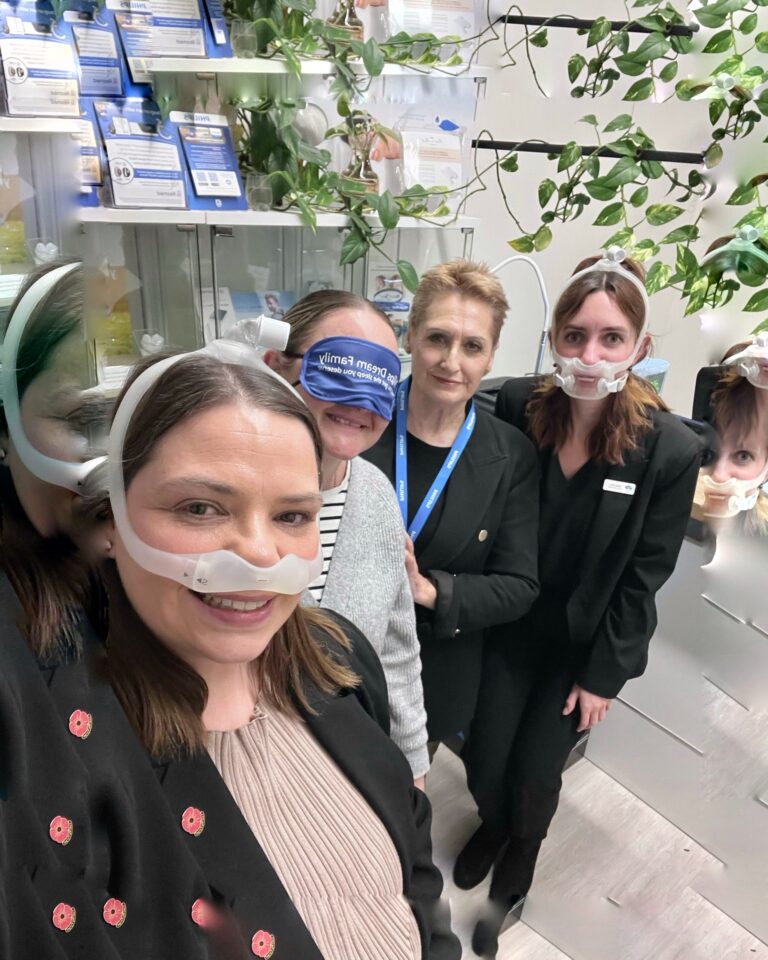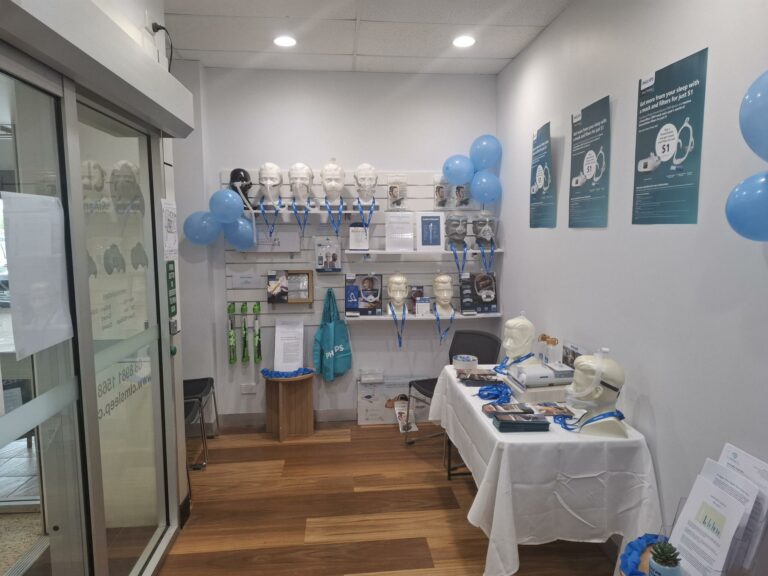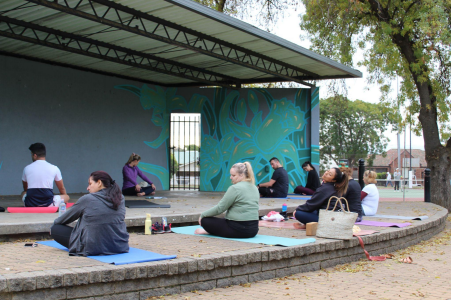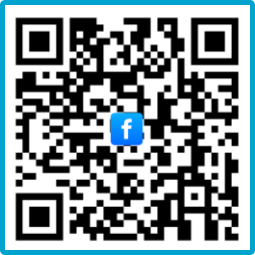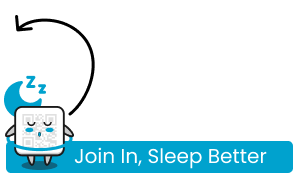Sleep apnea is a condition that can have a major impact on your health and your quality of life. While conventional therapies such as CPAP machines and oral appliances have been found to be effective for many people living a normal life, curiosity about what is the newest treatment for sleep apnea appears to be increasing. With continuous improvements in technology and research, new treatments are coming up with more efficient, comfortable, and user-friendly options. In this article of CLM Sleep, we will review the new treatment options for sleep apnea. This will give you the ability to make choices that are informed about how you can get that better night’s sleep and improved health.
Why is it necessary to seek new treatment methods?
Sleep apnea is a very grave anomaly in breathing during sleep, which wakes the patient now and then. It may lead to several health problems, such as daytime fatigue, high blood pressure, heart disease, and stroke. The most common type of sleep apnea is obstructive sleep apnea, commonly referred to as OSA. This happens when the throat muscles relax. A less common variant called central sleep apnea occurs when the brain fails to send the correct signals to the muscles responsible for breathing. There is also a complex form that combines both.
There are several treatments available for sleep apnea, but the demand for newer solutions continues to rise. Because the old methods, though very useful to some patients, might not suit everyone, or may cause discomfort, or sometimes do not take into account the cause responsible for developing the condition present. Long-term negative health outcomes result as though sleep apnea goes untreated. New treatment options are thus necessary to improve a patient’s quality of life.

What is the Newest Treatment for Sleep Apnea?
In recent years, advancements in medical technology and research have led to the development of newer treatments for sleep apnea. These options aim to provide better comfort, effectiveness, and convenience compared to traditional methods. In this section, we explore “what is the newest sleep apnea treatment”
Although new treatment methods under research may bring hope, most of them are still in the experimental stage, carry many potential side effects, and are only suitable for a small number of patients as prescribed by doctors. For people with sleep apnoea, consultation and advice from a doctor are essential to choose the appropriate treatment method. Proven methods such as adopting a healthy lifestyle or using a CPAP machine remain safe and effective solutions that have been widely implemented for many years, especially in Australia.
See more: Heal Sleep Apnea Naturally
Important Note*: Not all of the new treatment methods listed have been widely adopted or officially recommended for the treatment of sleep apnea. Some are still in the clinical research phase or are only used in select cases.
Summary of the latest sleep apnea treatments
| Treatment Method | Mechanism | Approval / Use Timeline | Notes |
| VortexPAP | Advanced CPAP device with vortex airflow | Under development, announced in 2024 | Not yet commercialized, still in research. |
| Pharmacological Treatments – IHL-42X (Dronabinol + Acetazolamide) | Drug to aid sleep and regulate breathing control | In Phase 2/3 trials (2025) | Experimental, no formal approval yet. |
| Pharmacological Treatments – AD109 (Aroxybutynin + Atomoxetine) | Oral drug to increase upper airway muscle tone via CNS stimulation | Phase 3 trial completed (2024) | Potential first FDA-approved pill for OSA. |
| Pharmacological Treatments (Tirzepatide) | Weight loss agent that indirectly improves OSA | FDA-approved for OSA in obese patients (2024) | Indirectly treats OSA by reducing obesity; works best when combined with other treatments. |
| NightBalance (SPT device) | Positional therapy device worn during sleep | CE Mark (2012), discontinued in 2023 | Once popular, now discontinued. |
| eXciteOSA | Daytime tongue muscle stimulation | FDA-approved (2021) | Non-invasive, to be used during the day. |
| Genio (Nyxoah) | Wireless hypoglossal nerve stimulation | CE Mark (2019) | Available in Europe, under trial in the U.S. |
| Inspire Therapy (Hypoglossal Nerve Stimulation – HNS) | Implantable hypoglossal nerve stimulator | FDA-approved (2014) | Widely used in the US, Australia, and Europe. |
| Barbed Tongue Surgery | Tongue suspension with barbed sutures | Introduced around 2015 | Surgical advancement in treating OSA. |
| Somnifix Mouth Strips | Promotes nasal breathing by sealing the lips | Commercially available since ~2016 | Mild support device, not a standalone OSA treatment. |
| Sleep Position Trainer (SPT) | Wearable sensor that promotes side-sleeping | CE Mark (2012) | Ideal for positional OSA. |
| Adaptive Servo-Ventilation (ASV) | Smart ventilator that adapts to breathing patterns | FDA-approved (~2007) | Mainly used for central or complex sleep apnea. |
| NightLase (Laser Therapy) | Laser tightening of soft tissues in the throat | Introduced around 2012 | Non-invasive, used for mild to moderate OSA. |
| Myofunctional Therapy (MFT) | Exercises to improve tongue and airway muscle tone | Introduced around 2006 | Often used alongside CPAP or other treatments. |
eXciteOSA
eXciteOSA is the newest treatment for sleep apnea that has been clinically validated and widely adopted in clinical use. In 2021, the FDA approved eXciteOSA as the first daytime device for treating mild obstructive sleep apnea and snoring. eXciteOSA is placed around the tongue, emitting electrical pulses to stimulate the tongue and throat muscles. For the first 6 weeks, use it for 20 minutes each day and then maintain it 2-3 times a week. This device is a significant advancement in non-invasive OSA treatment, offering a more comfortable and pleasant experience for users, especially during sleep. Users of eXciteOSA have noticed less snoring and an improvement in sleep quality after some time.
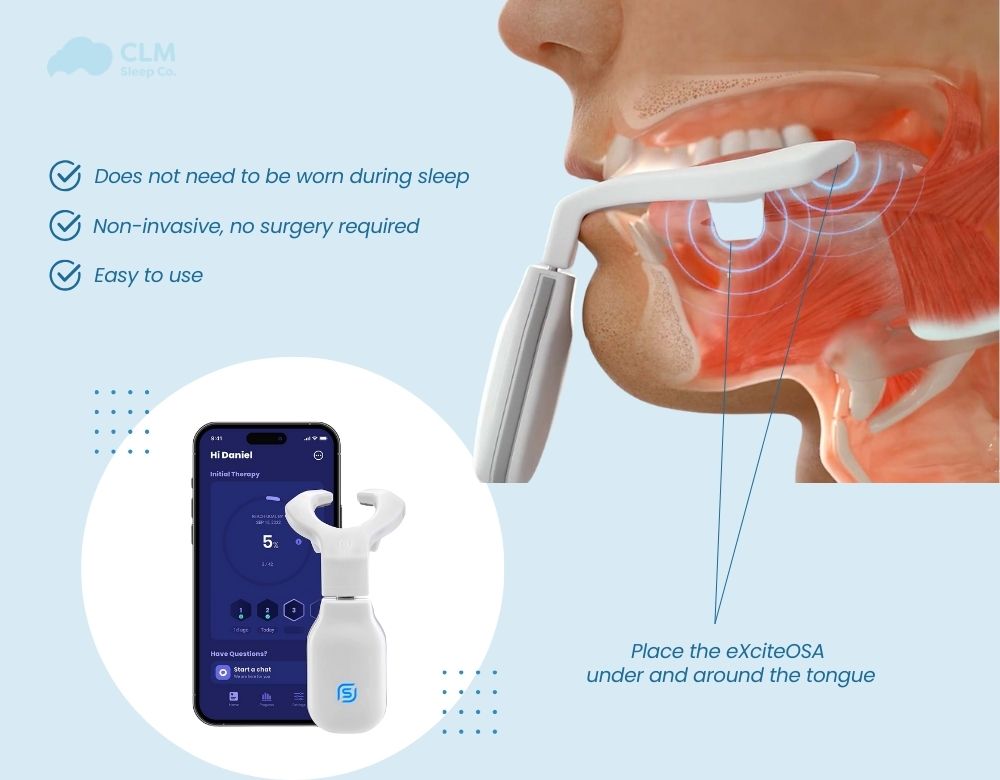
Approval Status: FDA-approved (2021)
Mechanism
eXciteOSA emits mild electrical pulses that affect important muscles such as the jaw-tongue muscle, stimulating these muscles to respond by contracting and functioning as if they were exercising. It can be said that eXciteOSA is a “physical therapy” method for the tongue and throat muscles, helping these muscles train to maintain better function during sleep.
How to use
It is a compact device, used during the day and does not need to be worn while sleeping.
Step 1: Place the device under and around the tongue
Step 2: Connect eXciteOSA to the phone app via Bluetooth to start and monitor the treatment session.
Step 3: Start muscle stimulation, the device sends light electrical pulses to the tongue muscles for about 20 minutes. At this point, there will be a slight tingling or mild twitching sensation.
Step 4: Use regularly. In the first 6 weeks, use it once a day, each time for 20 minutes. After 6 weeks of use, maintain 2-3 times a week to keep the results stable.
Suitable For
- Patients with mild OSA (AHI from 5–15) or primary snoring not caused by severe OSA.
- Individuals who are non-compliant with CPAP therapy.
- People with a large tongue structure or weak tongue muscle tone, which contributes to airway collapse during sleep.
Advantages
- Does not need to be worn during sleep – avoids discomfort.
- Non-invasive, no surgery required.
- Clinically proven to significantly reduce snoring and AHI in mild OSA.
- Easy to use at home, controllable via a mobile app.
Disadvantages
- Not suitable for moderate to severe OSA.
- Requires consistent daily use to maintain effectiveness.
- Takes several weeks to show improvement – not immediate.
- May cause mild discomfort under the tongue during the initial phase of use.
Pharmacological Treatments (Tirzepatide)
In 2024, the FDA approved Zepbound® (tirzepatide) as the first prescription medication for moderate to severe obstructive sleep apnea in adults with obesity. However, this medication does not directly treat OSA but only helps improve the condition through weight loss in obese patients. Tirzepatide is a subcutaneous injection, not an oral medication, and is used once a week.

Inspire Therapy
In 2014, the FDA approved Inspire Therapy (Hypoglossal Nerve Stimulation – HNS) as a minimally invasive method to treat obstructive sleep apnea (OSA) for those who are not suitable for CPAP. Inspire therapy delivers stimulation to the airway muscles through a surgically implanted device, helping to keep the airway open during sleep. It is used with a remote control and works automatically when you turn in for the night.
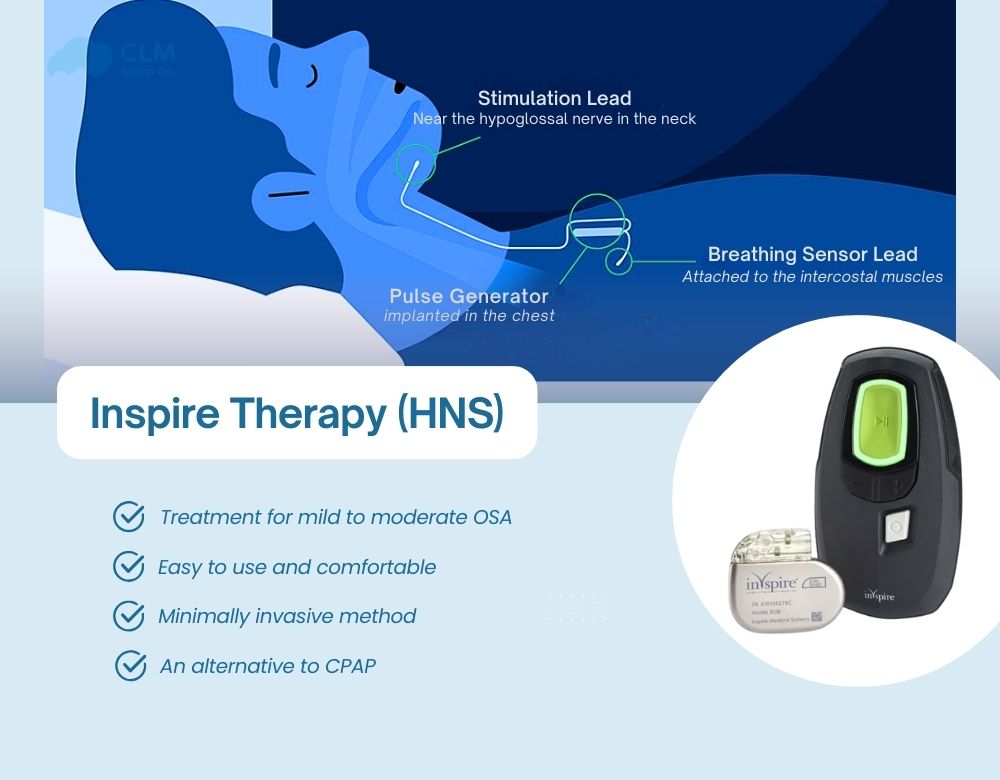
Sleep Position Trainer (SPT)
In 2014, the FDA approved it as a non-invasive treatment for mild to moderate obstructive sleep apnea (OSA). This compact device is worn on the chest or back, and emits a gentle vibration signal if the user lies in the wrong position, helping the patient maintain a side-sleeping position and avoid sleep apnea caused by airway obstruction when lying on their back.
Somnifix Sleep Apnea Treatment
Somnifix is a special, non-intrusive approach that applies a wireless apparatus to mitigate snoring. The apparatus is meant to keep the mouth closed in a relaxing manner during sleep so that an individual will breathe through their nose, and in this way prevent the collapsing of the airway.
Adaptive Servo-Ventilation (ASV) Therapy
ASV therapy is a sophisticated treatment designed for individuals with central sleep apnea or complex sleep apnea. It uses a machine that adjusts the air pressure during the night based on real-time monitoring of the patient’s breathing patterns, ensuring optimal airflow when needed.
NightBalance Sleep Position Trainer
The NightBalance Sleep Position Trainer is a device worn on the chest that encourages side sleeping, a position that reduces the risk of airway obstruction. The device vibrates gently when the user rolls onto their back, prompting them to return to a side position.
Barbed Tongue Surgery
Surgeons use barbed tongue surgery, a relatively new surgical technique, to reduce tongue collapse during sleep. The procedure uses a barbed suture to tighten the tongue muscle, preventing it from obstructing the airway and improving airflow.
Mandibular Advancement
Mandibular advancement involves repositioning the lower jaw to improve airflow during sleep. This procedure can be done through custom oral appliances or surgical interventions and is effective for patients whose sleep apnea is caused or worsened by jaw abnormalities.
Gene Therapy for Sleep Apnea
Gene therapy for sleep apnea is an emerging field of treatment that aims to address the underlying genetic factors contributing to the condition. Research is still in its early stages, but it holds promise for a long-term solution by targeting the genes responsible for airway muscle control.
Common treatments for sleep apnea
Here are some of the most common treatments for sleep apnea:
CPAP
Introduced in 1985 and having undergone many years of research, CPAP (Continuous Positive Airway Pressure) is still considered the leading treatment method for obstructive sleep apnea (OSA). According to the article “Reinventing CPAP therapy for sleep apnea” by AASM:
“The leading treatment, CPAP therapy, offers patients the chance of a restful night’s sleep without waking up from obstructed breathing and a lack of oxygen. By blowing a stream of air into the throat, the CPAP machine allows patients to breathe easier.”
CPAP works by keeping the patient’s upper airway open to allow normal breathing during sleep and usually involves wearing a mask that covers the nose or mouth and is connected to the flow generator, a machine that generates the airflow. This airflow keeps the throat open, helping to prevent both snoring and breathing interruptions during sleep.
Who is cpap suitable for?
CPAP is commonly applied to individuals with moderate to severe OSA
People with moderate to severe OSA. These are individuals diagnosed through a sleep study showing an AHI ≥ 15 for adults, and an AHI ≥ 5 for children. Often accompanied by symptoms such as loud snoring, fatigue, and daytime sleepiness.
People with mild OSA but with high-risk factors or severe symptoms. High-risk factors: Uncontrolled high blood pressure, cardiovascular diseases, especially atrial fibrillation and heart failure. Severe symptoms: excessive daytime sleepiness affecting quality of life and safety
See more: Apnea-Hypopnea Index (AHI) – Measures the severity of sleep apnea.

Oral Appliances
Oral appliances are also known as dental devices or mandibular advancement devices (MADs). Their function is to reposition the lower jaw and tongue in a manner that keeps the airway patent. These devices are custom-fitted by a dentist or orthodontist.
Oral appliances are recommended for individuals with mild to moderate obstructive sleep apnea or those who find it difficult to use a CPAP machine. They are especially effective for people who snore but do not have severe sleep apnea.
Surgical Options
Surgical options are considered when other treatments have not been effective. Surgeries typically aim to remove or reduce excess tissue in the airway or correct structural abnormalities. Common procedures include tonsillectomy, adenoidectomy, and various types of palate surgeries.
Doctors may indicate surgery for individuals with severe OSA who do not respond to CPAP or oral appliances. It is also an option for patients with anatomical abnormalities that directly contribute to their sleep apnea.
Some currently effective surgical methods include:
- Uvulopalatopharyngoplasty (UPPP)
- Maxillomandibular Advancement (MMA)
- Multilevel Surgery
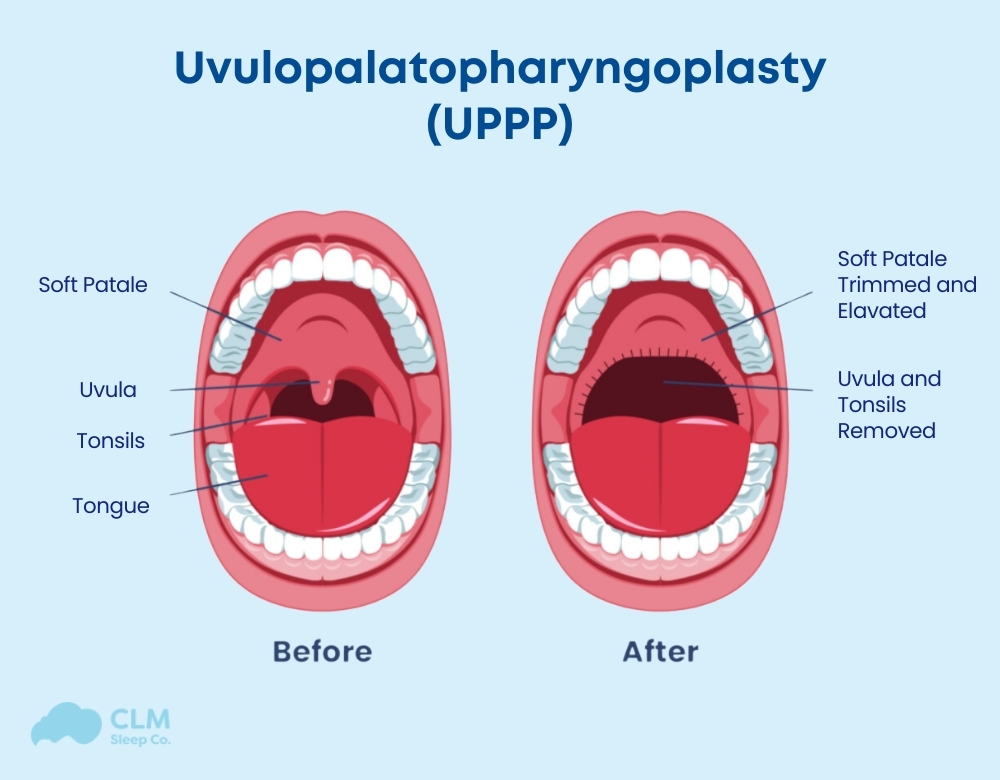
Benefits of New Treatments
The new treatments for sleep apnea offer several benefits over traditional methods:
- Increased comfort: Many new treatments are less invasive and more comfortable, such as wearable devices and wireless therapies.
- Targeted solutions: Several new treatments are designed for specific types of sleep apnea, offering more personalized approaches.
- Reduced side effects: Compared to CPAP and surgery, many newer methods have fewer side effects and are easier to tolerate for patients.
- Greater convenience: Devices like Inspire and the NightBalance Sleep Position Trainer provide non-invasive options that are easy to use, improving compliance and long-term outcomes.
Conclusion
Sleep apnoea is a serious condition that affects overall health. While CPAP and oral appliances benefit many people, newer treatments such as Somnifix, Inspire Therapy, ASV, and Sleep Position Trainers are solutions prescribed for specific cases, addressing the issues for patients who cannot use conventional methods.
If you’re looking to explore what is the newest treatment for sleep apnea or need help choosing the right option, consider the expert support and professional sleep services offered by CLM. For affordable CPAP machines and accessories, CPAP Discount provides high-quality products at competitive prices. Take charge of your sleep health today and find the treatment that best suits your needs.
